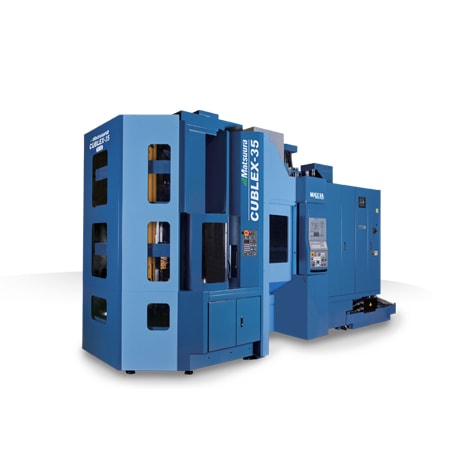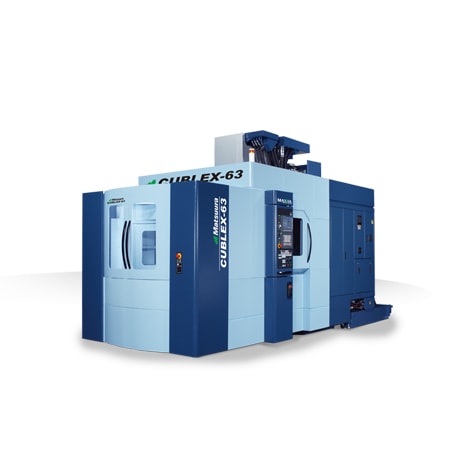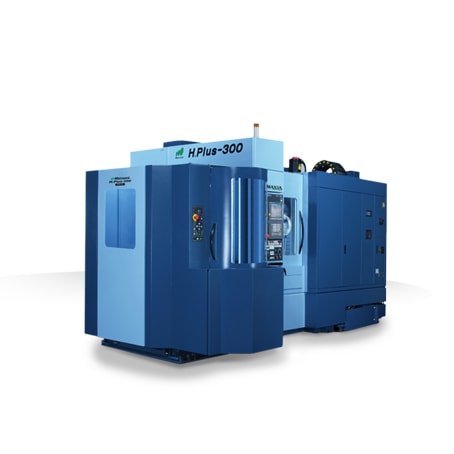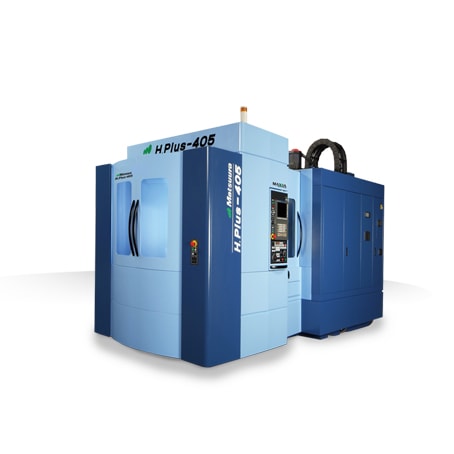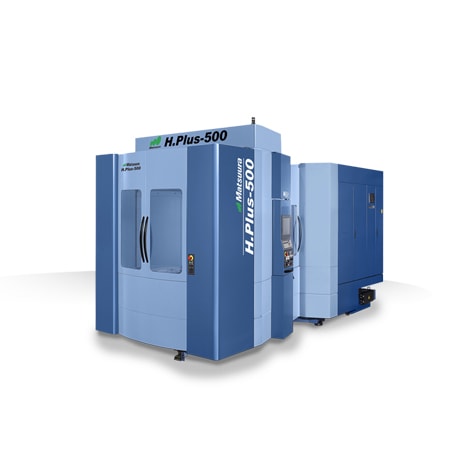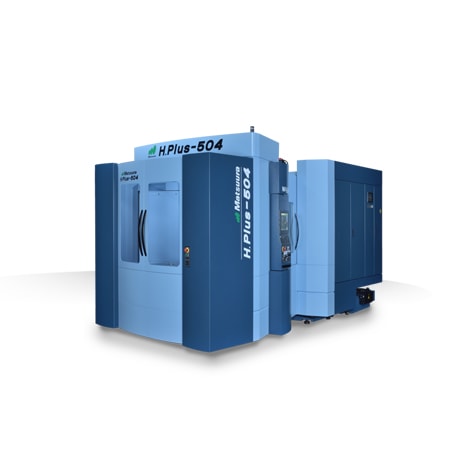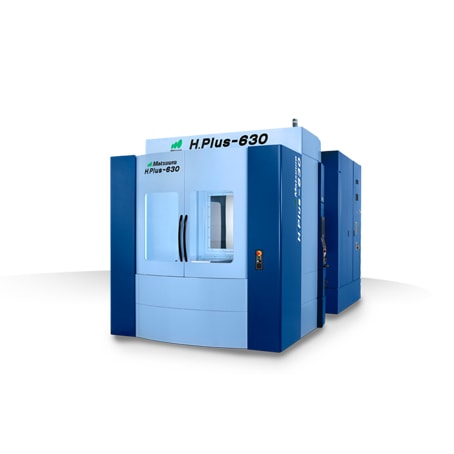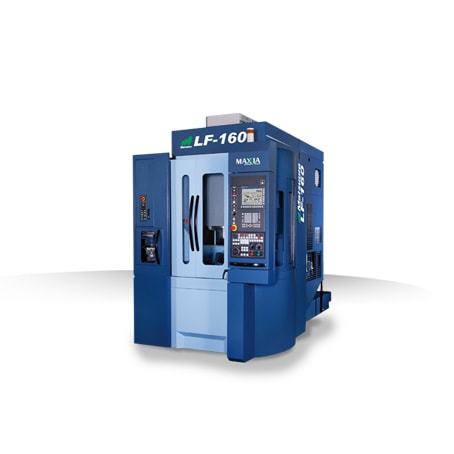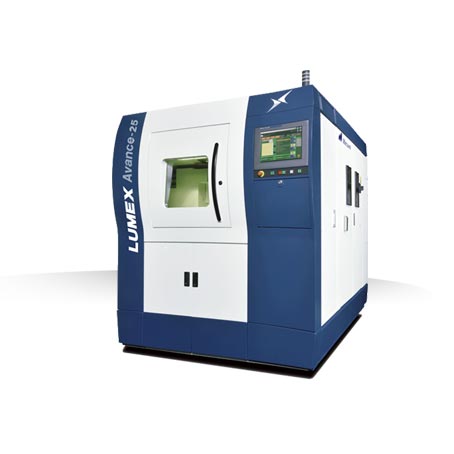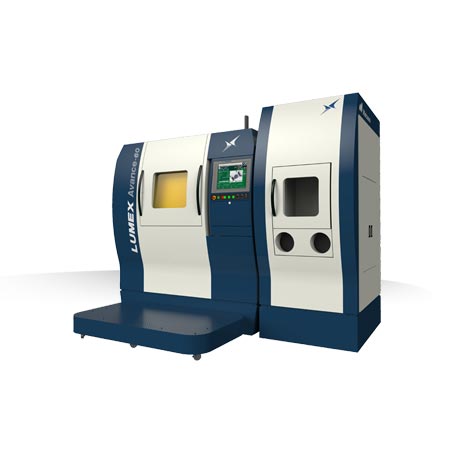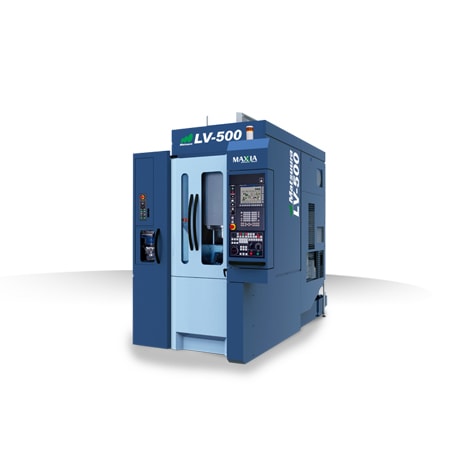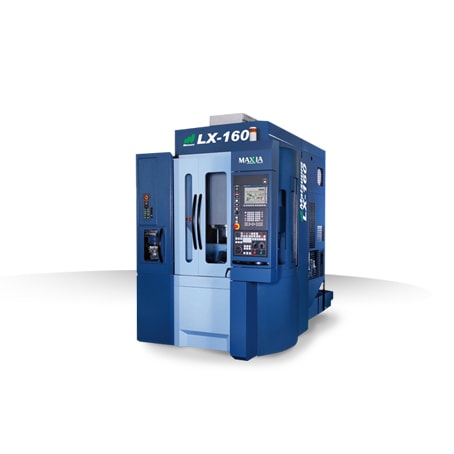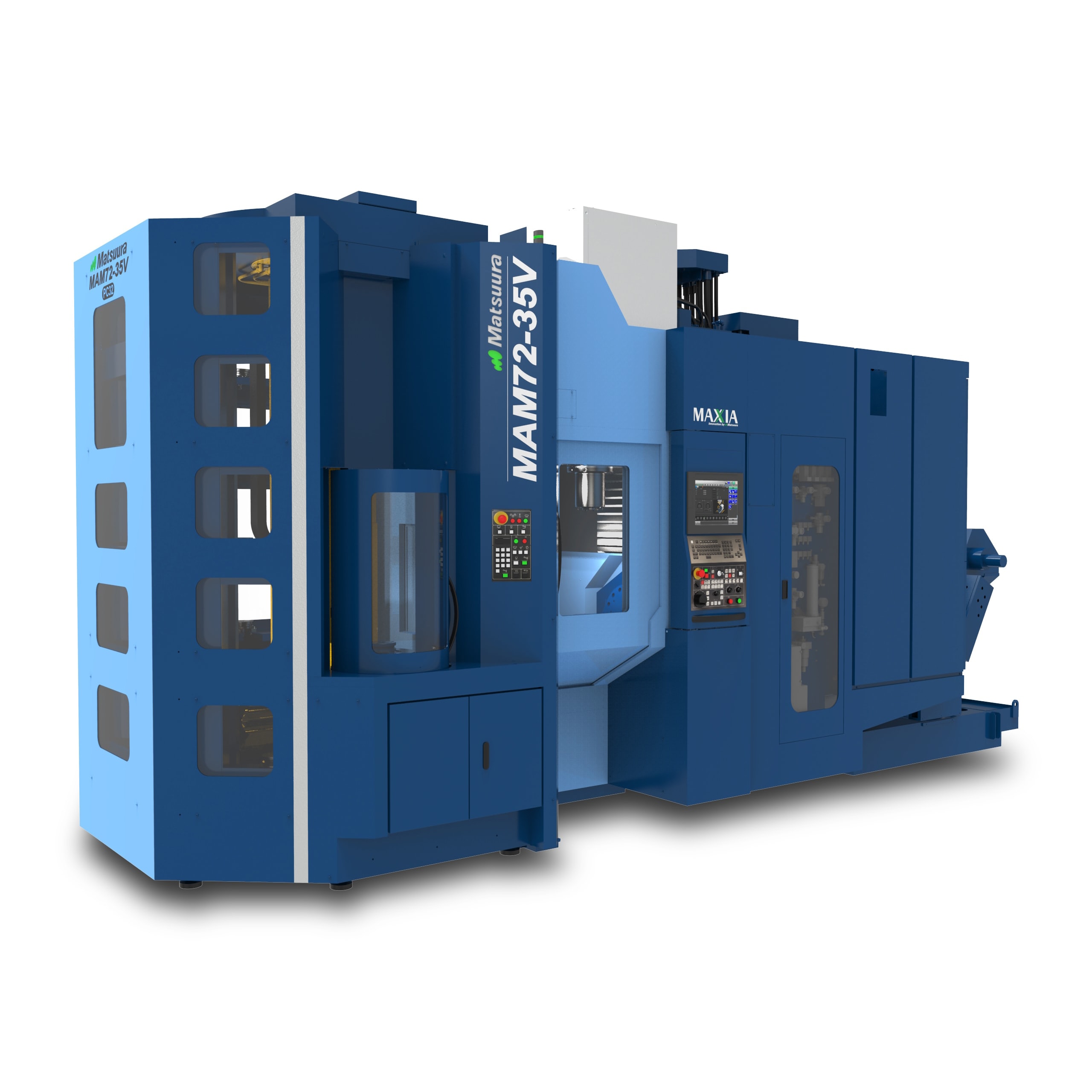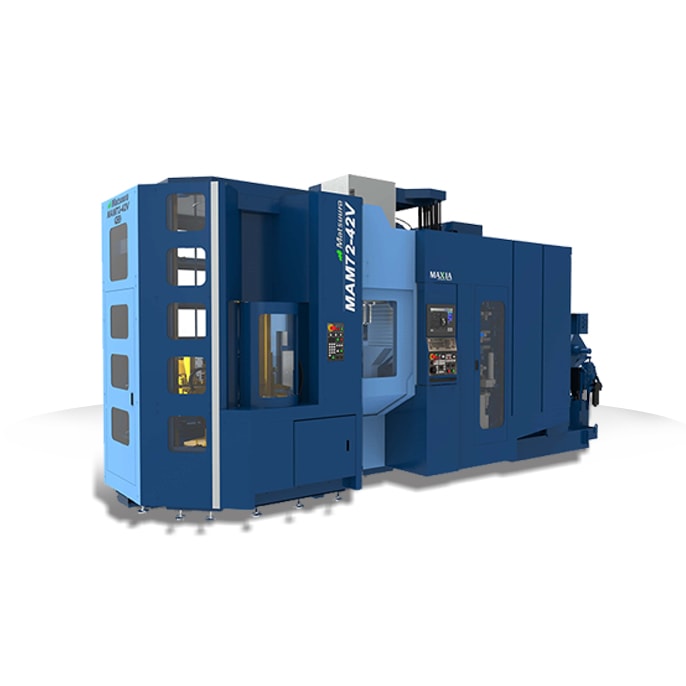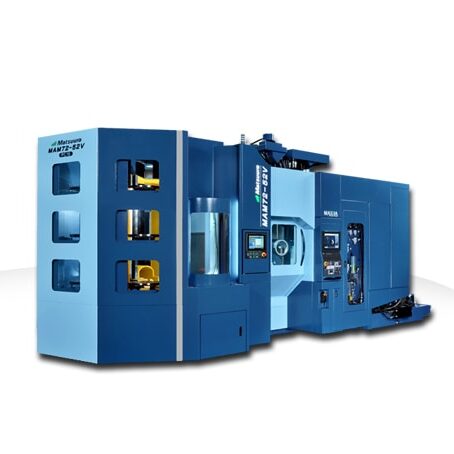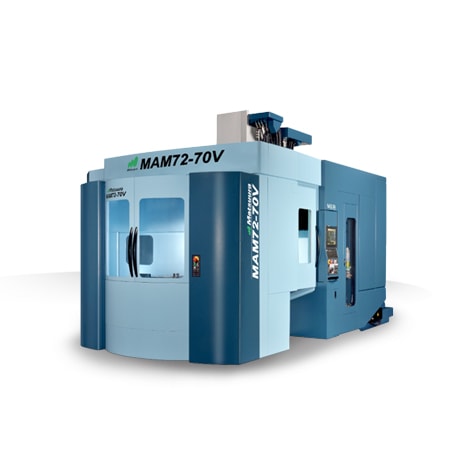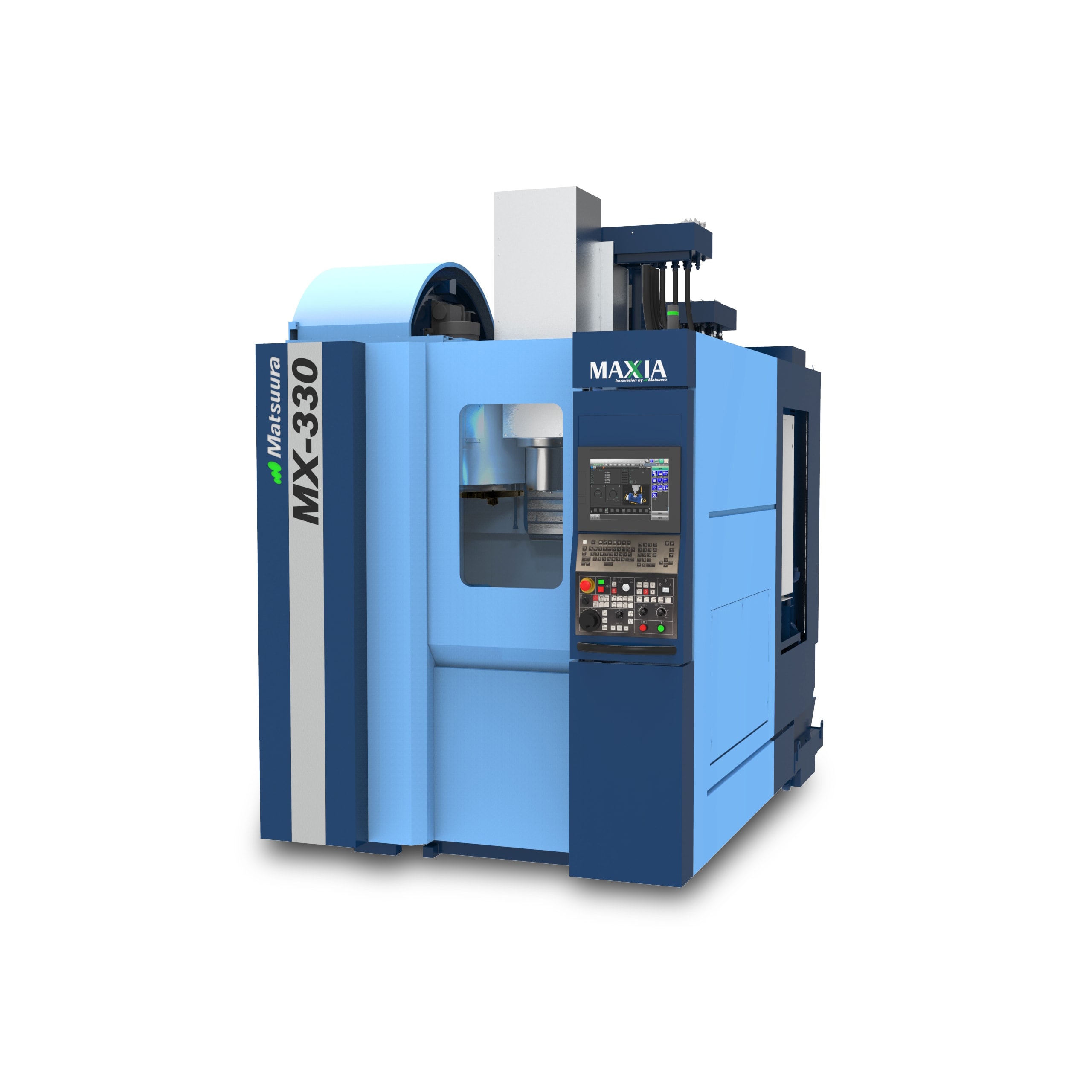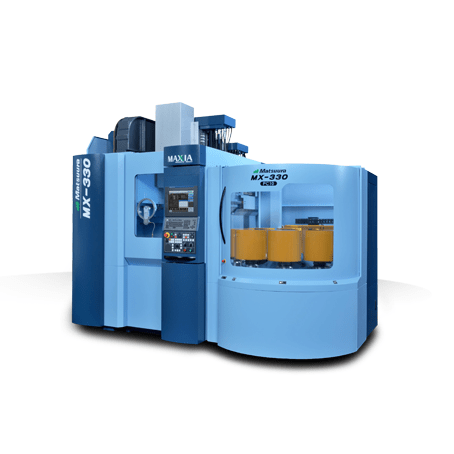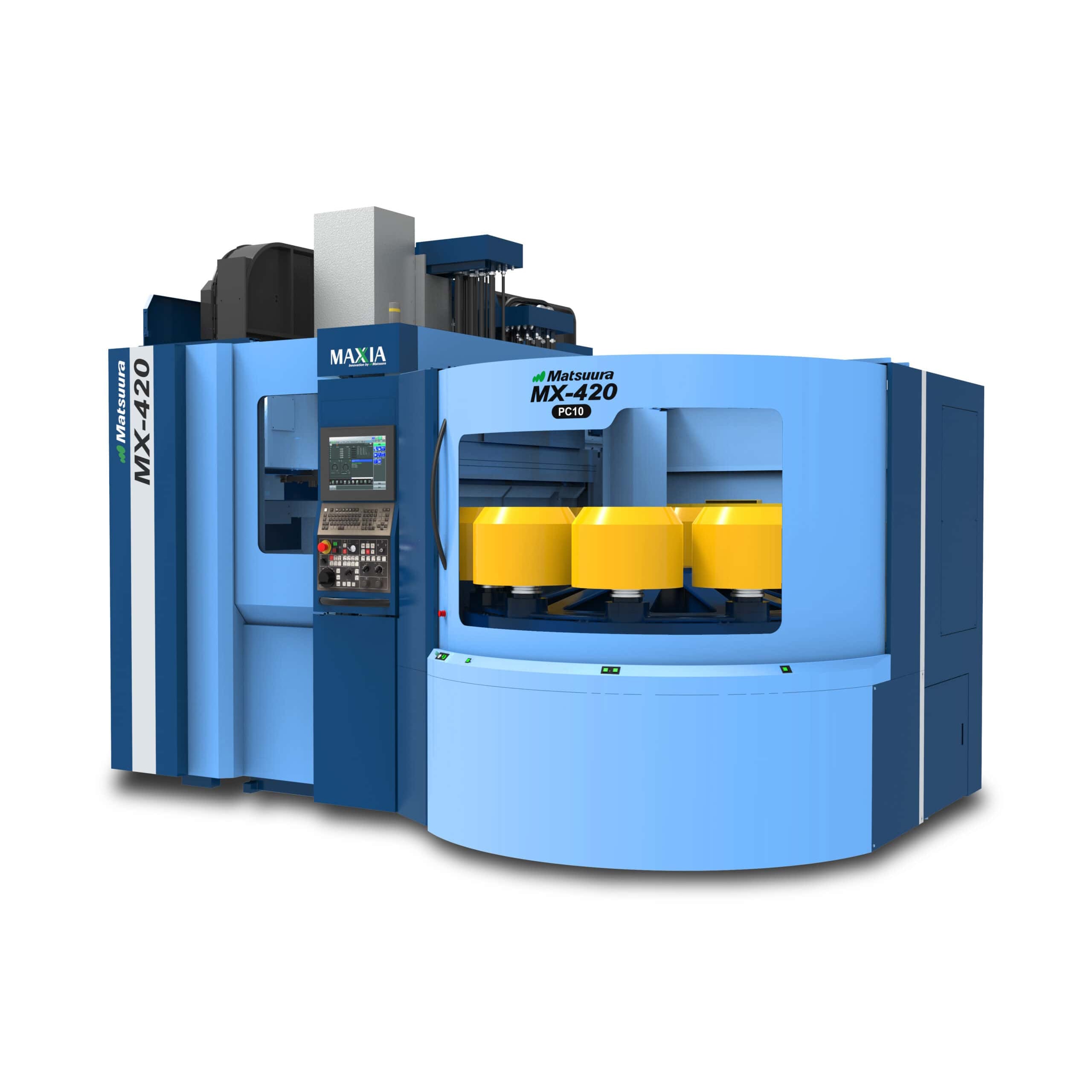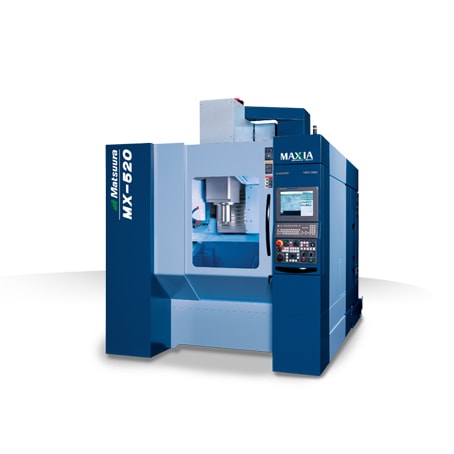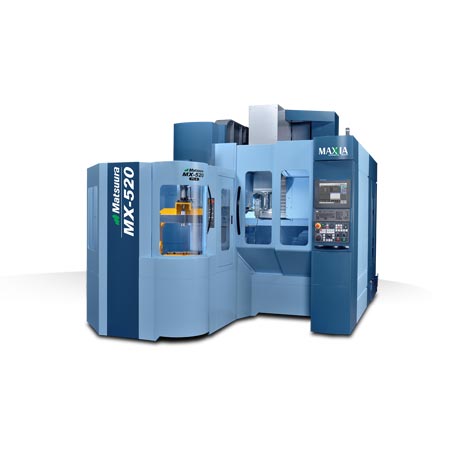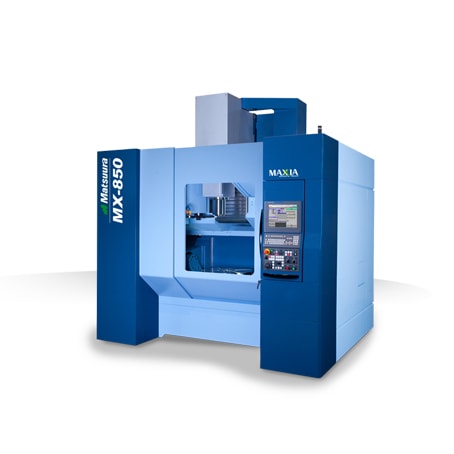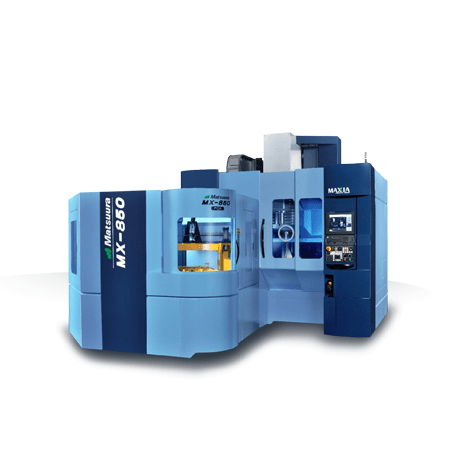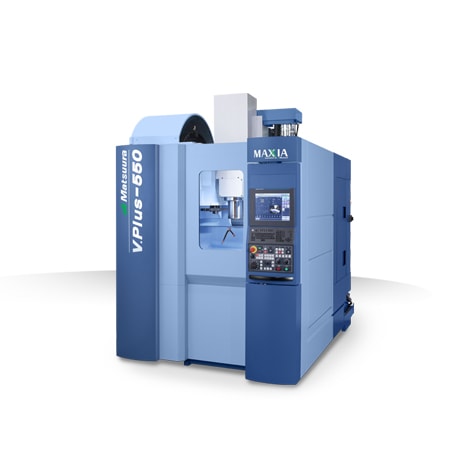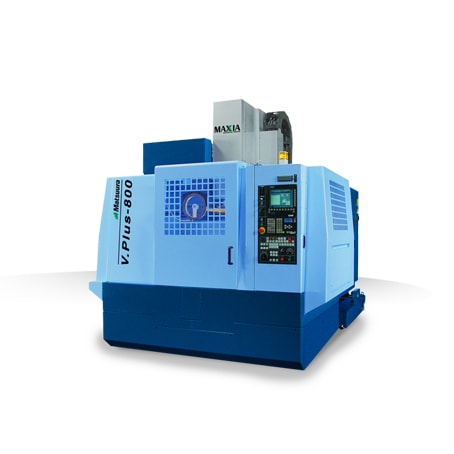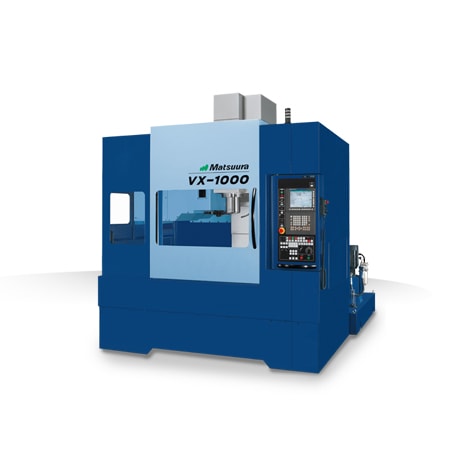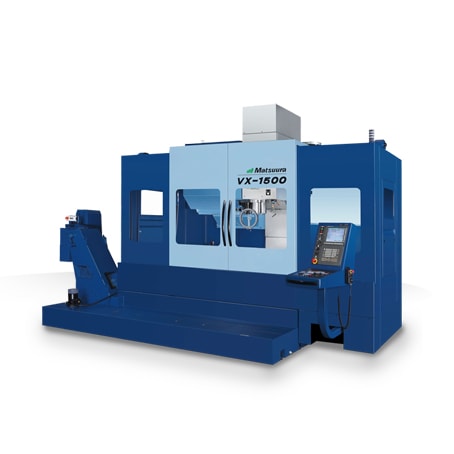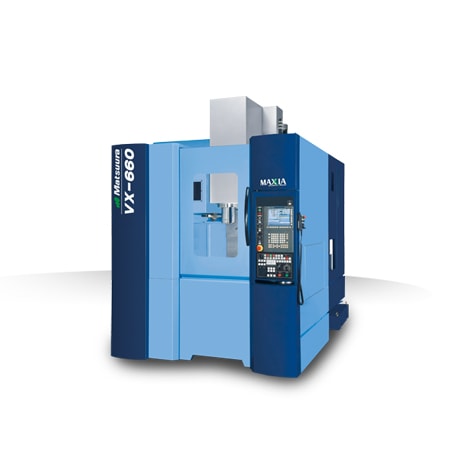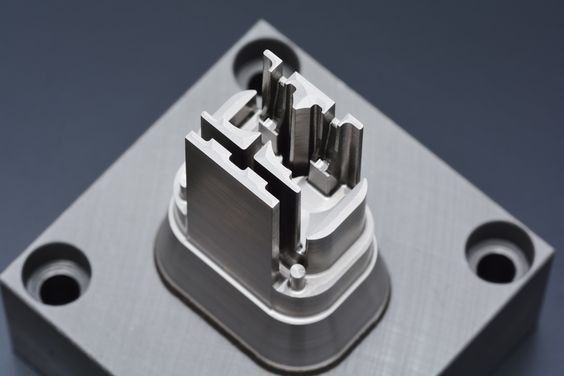
St. Paul, MN (May 3, 2019) Blog Post in Modern Machine Shop by Timothy W. Simpson, Paul Morrow Professor of Engineering Design & Manufacturing, Pennsylvania State University
Last month I discussed the concept of hybrid manufacturing—combining additive manufacturing (AM) and subtractive machining together within a single machine to make parts more efficiently. This month, I want to touch on another form of hybrid manufacturing that AM is enabling, namely, making the tooling to make the part (versus making the part itself).
Numerous companies have been using polymer 3D printing for years to make fixtures and jigs to aid production and fabrication with conventional manufacturing methods. Some have even been using polymer 3D printed parts to make soft tooling. However, with metal AM, companies can now make hard tooling for injection molding, for instance, and that can be game changing.
Why use AM for hard tooling? The answer is simple: It provides design freedom, which is the same reason we’d use AM for making complex and intricate features and parts. The same goes for hard tooling. The design freedom can be used to create features that would be too expensive or impossible to make via conventional means like machining. The bigger bang for the buck, though, is printing conformal cooling channels inside the mold to help manage thermal cycles during production.
One of the factors that limits the speed of an injection molding process is mold temperature. The ability to dissipate heat quicker from a mold can lead to reductions of 10, 20 and even 40% in cycle time based on some of the studies that I have read. More importantly, the ability to control the mold temperature more accurately and exploit its interactions with melt temperature of the plastic being injected into the mold can reduce defects and lead to improved properties and enhance part performance. Who wouldn’t want a faster process and better parts?
Unfortunately, it’s not that easy. In October, I discussed the issues that you will encounter with surface roughness when using AM, and the same applies here. Horizontal and vertical faces will have different surface finishes, and conformal cooling channels will not be smooth either—they may even be filled with support structures if you aren’t careful in how you design and orient them. I would go so far as to say that none of today’s AM processes will give you anything close to the surface finish you need for hard tooling. Laser powder-bed fusion (PBF) may get you close in rare cases, but you have no chance with directed-energy deposition (DED) right now, regardless of the thermal energy source.
Luckily, this is where some of the hybrid manufacturing systems that I talked about last time excel. In fact, the hybrid PBF and subtractive systems offered by Matsuura create finished molds in a single machine.
I had the pleasure of meeting with the team from Matsuura in our lab a couple of years ago, and the parts they showed me back then were impressive. As you can see in the image, there is no way you are going to get a smooth, finished surface like that from PBF alone. You can only do that with machining, and that’s exactly what their hybrid manufacturing system does. It adds a few layers to the part (in this case, the mold), then machines and finishes surfaces, then adds a few more layers, machines, and repeats until the mold is done. It’s a sight to behold, and I have yet to meet a machining expert who can tell me how to machine the curvy internal conformal cooling channels that are possible with this technology. If you have any ideas that you want to share, I’m all ears.
Meanwhile, if you specialize in making hard tooling for companies, I encourage you to keep an eye on this hybrid use of additive manufacturing. The molds that you can make with this technology are relatively small thus far, but that will change. Companies are actively working on larger PBF systems, and as hybrid machines gets better, people will soon start targeting large molds and dies with DED given the cost and lead time associated with that tooling as well.
Dr. Timothy W. Simpson is the Paul Morrow Professor of Engineering Design & Manufacturing at Penn State University, as well as the co-director of the Center for Innovative Materials Processing through Direct Digital Deposition (CIMP-3D). He is a regular contributor to Additive Manufacturing, and writes the monthly Additive Insights column for Modern Machine Shop.
Connect with Dr. Simpson
Email: [email protected]
Twitter: https://twitter.com/PSUMakerProf
LinkedIn: https://www.linkedin.com/in/timothy-w-simpson-2a5ab04/
Matsuura USA will exhibit the Matsuura LUMEX Avance-25 metal laser sintering hybrid milling machine at:
RAPID + TCT, in Booth 1903 at the Cobo Center in Detroit, Michigan, from May 20 – 23.
And at AMERIMOLD, Booth #623, at in the Donald E. Stephens Convention Center in Rosemont, IL, June 12-13, 2019.
Matsuura Machinery USA, Inc., located in St. Paul, MN is the U.S. subsidiary of Matsuura Machinery Corporation in Japan. Since 1935, Matsuura has been the forerunner in designing innovative technology and manufacturing solutions to a variety of industries around the globe. Matsuura Machinery USA, Inc. delivers unmatched excellence in 5-axis, vertical, horizontal, linear motor, multi-tasking CNC machine tools and machines with a powder bed metal AM platform with machining capability. Matsuura Machinery USA, Inc. provides the service, applications and technical field support that have always been the Matsuura standard for business. For more information on Matsuura products, contact: [email protected] or visit: www.matsuurausa.com.
